
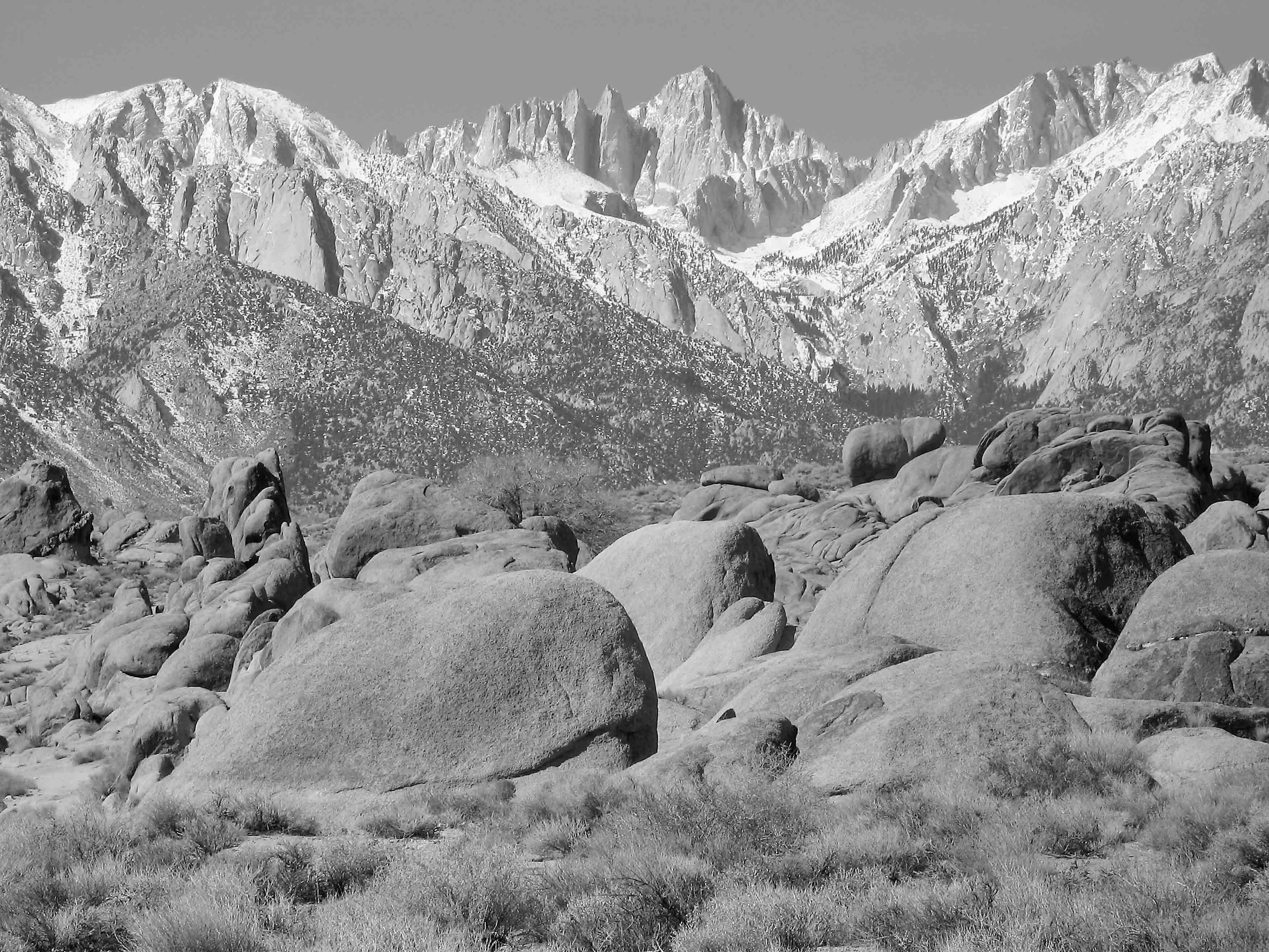

One Best Hike: Mt. Whitney
1st EDITION September 2008
2nd printing 2011
Copyright 2008 by Elizabeth Wenk
Cover photos copyright 2008 by Elizabeth Wenk
Interior photos, except where noted, 2008 by Elizabeth Wenk
Cover design: Larry B. Van Dyke
Book design: Andreas Schueller and Larry B. Van Dyke
ISBN 978-0-89997-464-4
Manufactured in the United States of America
| Published by: | Wilderness Press |
| Keen Communications |
| P.O. Box 43673 |
| Birmingham, AL 35243 |
| (800) 443-7227; FAX (205) 326-1012 |
| info@wildernesspress.com |
| www.wildernesspress.com |
Visit our website for a complete listing of our books and for ordering information.
Distributed by Publishers Group West
Front cover photos: Top: Mt. Whitney as seen from the Whitney Portal Road; Middle: The Smithsonian Instiution summit shelter; Bottom: Hiking up the 99 switchbacks, through a section blasted into a cliff face
Back cover photos: Top: A pinnacle near Trail Crest; Bottom: Trail Camp is a beautiful high-elevation campsite
Frontispiece: Mt. Whitney viewed from the Whitney Portal Road in the Alabama Hills
All rights reserved. No part of this book may be reproduced in any form, or by any means electronic, mechanical, recording, or otherwise, without written permission from the publisher, except for brief quotations used in reviews.
SAFETY NOTICE: Although Wilderness Press and the author have made every attempt to ensure that the information in this book is accurate at press time, they are not responsible for any loss, damage, injury, or inconvenience that may occur to anyone while using this book. You are responsible for your own safety and health while in the wilderness. The fact that a trail is described in this book does not mean that it will be safe for you. Be aware that trail conditions can change from day to day. Always check local conditions and know your own limitations.
Acknowledgements
I dedicate this book to all who have showed me the many ways that mountains, especially those in the Sierra Nevada, can be endlessly captivating and enchanting.
I thank my husband, Douglas, for his support while I wrote this book. And I thank my young daughter, Eleanor, for being tolerant of many hours sitting in a backpack. While I photographed mountains on a decidedly chilly November afternoon, she appropriately took her first backcountry steps at Trail Camp.
Carolyn Tiernan, M.D., carefully reviewed all medical sections, providing important feedback. Hal Klieforth commented on the text on Sierra weather and human history and provided me unlimited access to his extensive library of Sierra literature.
I add my appreciation to Wilderness Press for providing me the opportunity to write this book. They allowed me the freedom to express my approach to hiking: that you need to look at and think about natural history and human history as you follow the trail upwards.

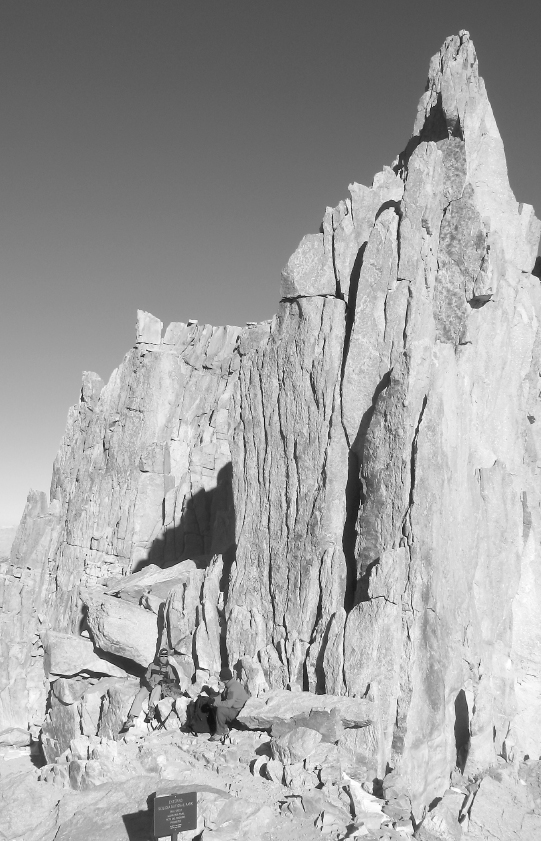
Enjoying a breather and snack beside pinnacles at Trail Crest
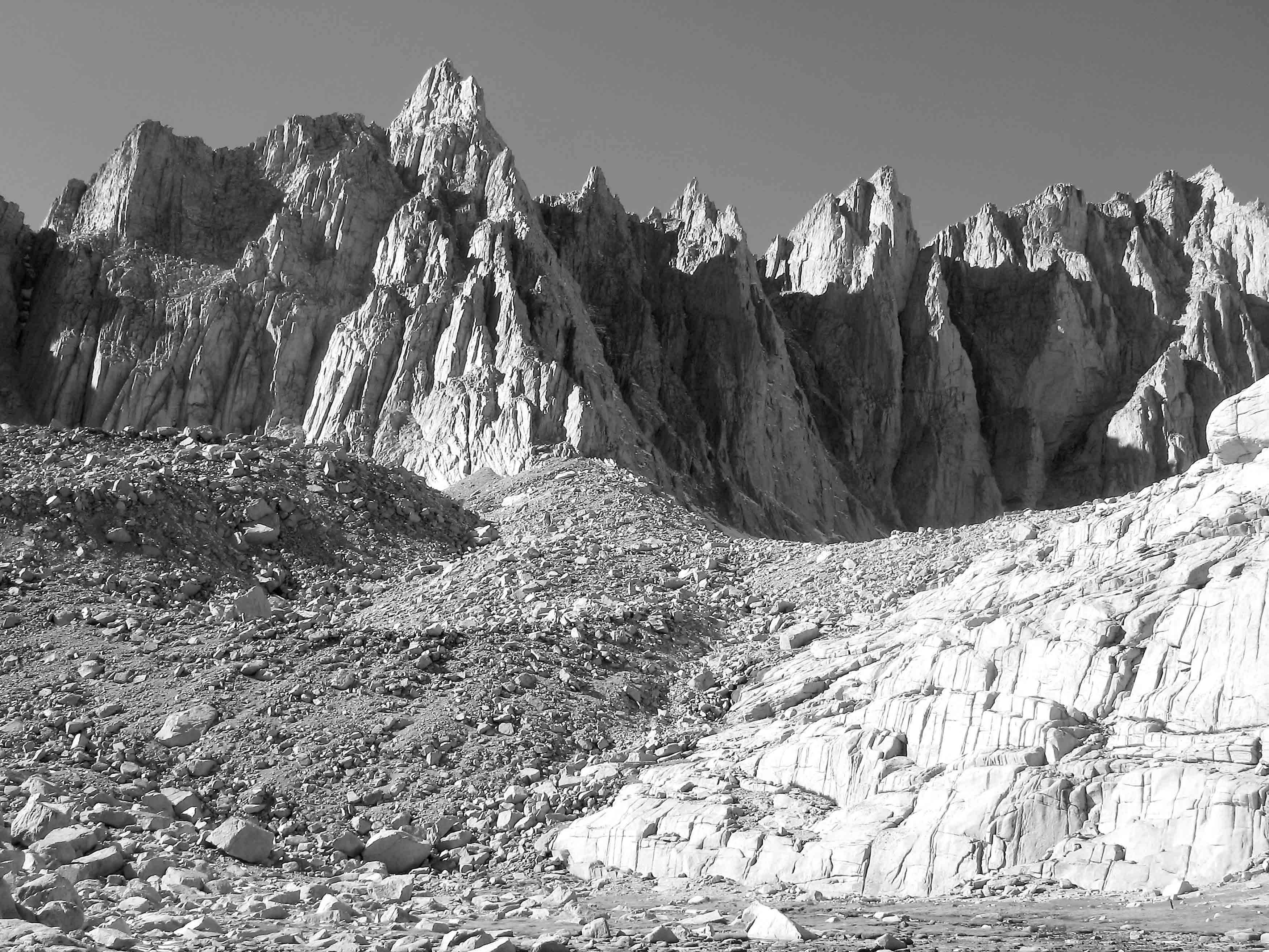
The Whitney crest, in the vicinity of Mt. Muir, as seen from Trail Camp

l

Introduction
Whitney is easily accessible to all whose heart and lungs can stand its rarified atmosphere, and probably no other mountain in the world un-ascended by a railway can boast such an enrollment of visitors.
Marion Parsons, the first woman to serve on the Sierra Club board of directors, and a member of a 1909 Sierra Club ascent of Mt. Whitney

The Whitney crest, in the vicinity of Mt. Muir, as seen from Trail Camp
Mt. Whitney and the Mt. Whitney Trail
T he summit of Mt. Whitney has been a sought-after point ever since 1864, when the peak was first surveyed as the highest in the United States. Although the number of ascents per year has risen hundredfold since Parsons time, her sentiments still ring true today. One of the most iconic peaks in the country, 14,505-foot Whitney stands 72 feet higher than Colorados Mt. Elbert, making it the highest peak in the contiguous 48 states (Alaskas 20,320-foot Denali is the highest in the United States).
Mt. Whitneys top is a desired destination for reasons other than its lofty elevation: Its a beautiful peak, in easy driving reach of 30 million people, and the challenging but non-technical trail makes reaching the summit an attainable goal for almost anyone in good shape. The steep, eastern face of Mt. Whitney is exquisitethe last in a dramatic series of jagged peaks, nearly each one higher than the previous, culminating in the summit of Mt. Whitney. This vista is powerful from the peaks base town of Lone Pine, 10,000 feet below in the Owens Valley.
Perhaps most important, the summit is not a giveaway. Whitney is tough enough to give you a real challenge, but not so tough that you need technical mountaineering equipment and a guide. Indeed, the 21-mile trail (up and back) is a distance most people can hike with appropriate training and planning.
It is the Mt. Whitney Trail that makes the summit an achievable goal. Before the trail was built, in 1904, it was impossible to summit in a day or even a long weekend, as Hubert Dyer, an early Sierra mountaineer and a charter member of the Sierra Club, reported in 1893:
To one standing near these structures, the stupendous mass of the Sierras seems hanging over them, and the summit of Whitney but a little way off. Yet it is about 70 miles by the shortest trail to the summit. There are stories told of men who have climbed the great eastern face. Though possible, it is a dangerous undertaking.
Today, about 10,000 people each year successfully reach the top of Mt. Whitney by the easiest route to the summit, the well-maintained, 10.5-mile Mt. Whitney Trail, which ascends one route up that great eastern face. Theres no reason why you cant be one of them.
The goals of this book are threefold. First, it aims to provide novice hikers and hikers new to the high-elevation Sierra Nevada with the background information to safely summit Mt. Whitneyor to know when conditions such as health or weather mean its time to turn around and make another summit bid in the future. It is also meant to provide the information all hikers need to plan a summit bid: details on wilderness permits, what to eat and where to sleep in Lone Pine, what gear is essential, and, of course, everything you need to know about hiking up the Mt. Whitney Trail itself. This book will also give you a better understanding of the human and natural history of the Mt. Whitney area.

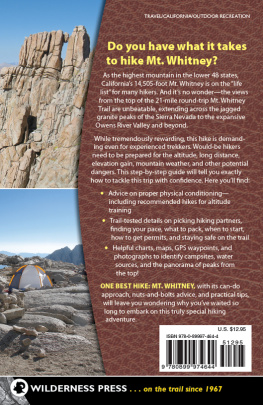

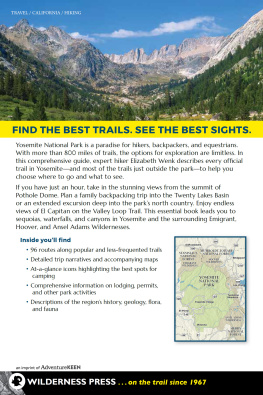
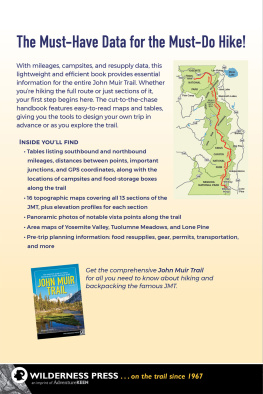

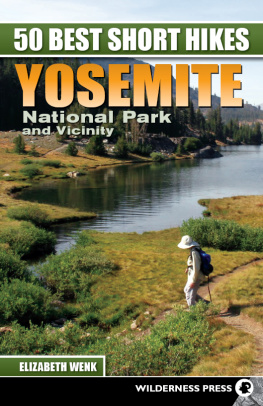
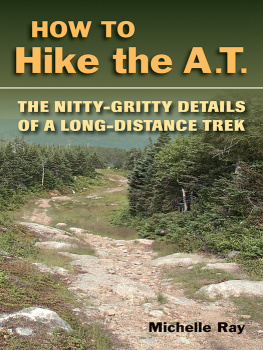
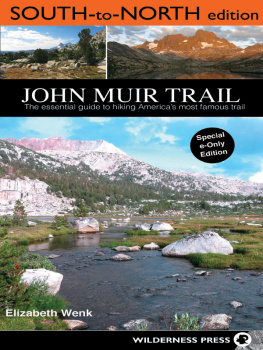

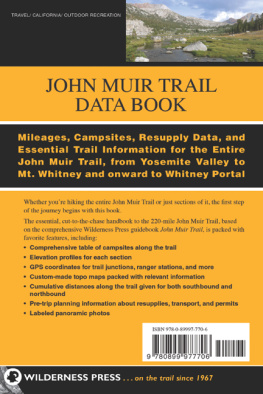

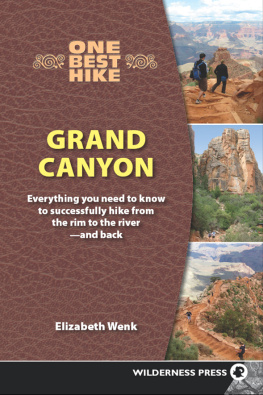
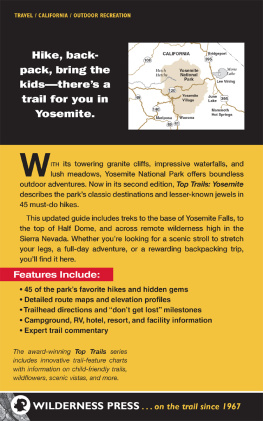






 l
l
